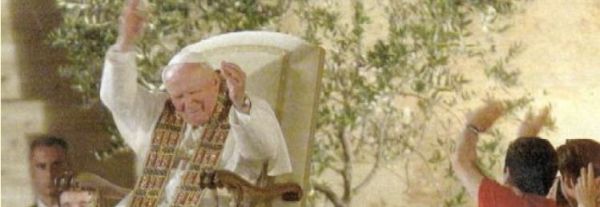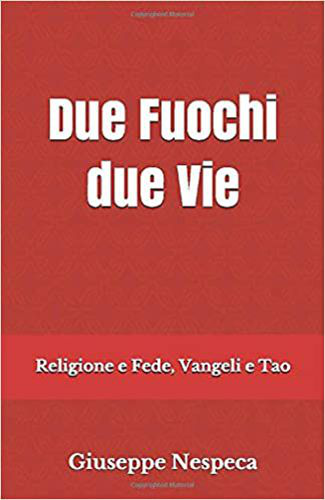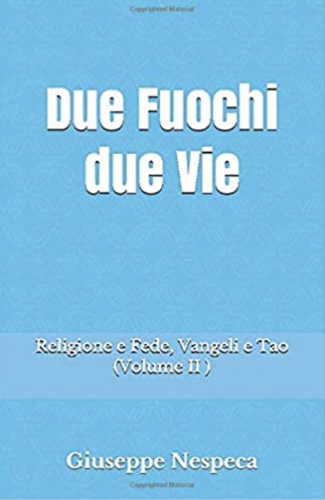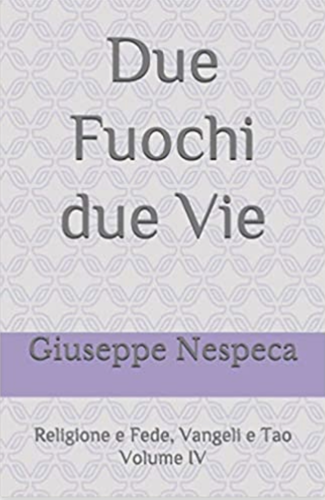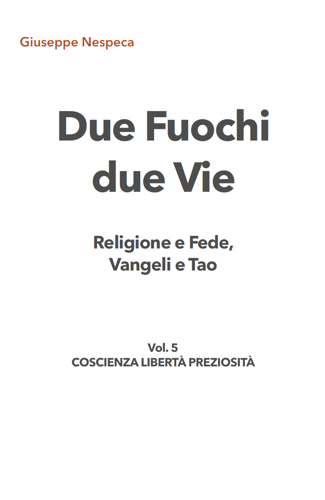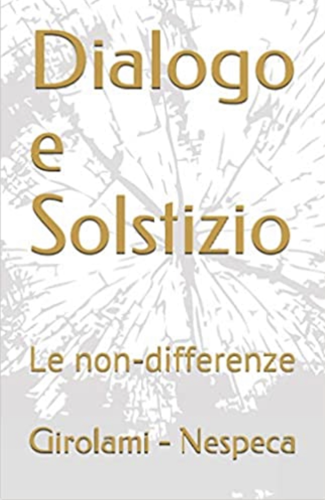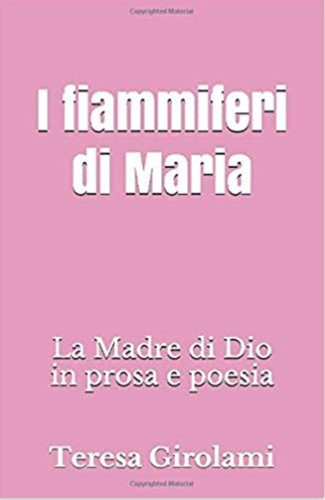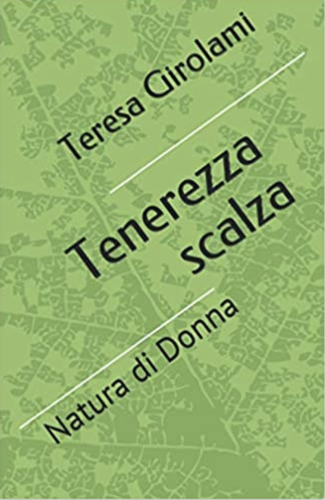1. Lumen ad revelationem gentium! “Light for revelation to the Gentiles” (Lk 2:32).
These words resound in the temple of Jerusalem, as 40 days after the birth of Jesus, Mary and Joseph prepare to “present him to the Lord” (Lk 2:22). By emphasizing the contrast between the modest, humble action of the two parents and the glory of the event as perceived by Simeon and Anna, the Evangelist Luke apparently wants to suggest that the temple itself is waiting for the Child’s coming. In fact, in the prophetic attitude of the two elderly people, the entire Old Covenant expresses the joy of the meeting with the Redeemer.
Simeon and Anna go to the temple both longing for the Messiah, both inspired by the Holy Spirit, as Mary and Joseph take Jesus there in obedience to the precepts of the law. At the sight of the Child, they sense that it is truly he, the Awaited One, and Simeon, as if in ecstasy, proclaims: “Lord, now let your servant depart in peace, according to your word; for my eyes have seen your salvation which your have prepared in the presence of all peoples, a light for revelation to the Gentiles, and for glory to your people Israel” (Lk 2:29-32).
2. Lumen ad revelationem gentium!
With his inspired words, Simeon, a man of the Old Covenant, a man of the temple of Jerusalem, expresses his conviction that this Light is meant not only for Israel, but also for pagans and all the peoples of the earth. With him, the “aged” world receives in its arms the splendour of God’s eternal “youth”. However, the shadow of the Cross already looms in the background, because the darkness will reject that Light. Indeed, turning to Mary, Simeon prophesies: “This child is set for the fall and rising of many in Israel, and for a sign that is spoken against (and a sword will pierce through your own soul also), that thoughts out of many hearts may be revealed” (Lk 2:34-35).
3. Lumen ad revelationem gentium!
The words of Simeon’s canticle ring out in many temples of the New Covenant, where every evening Christ’s disciples finish the Liturgy of the Hours by praying Compline. In this way the Church, the people of the New Covenant, takes as it were the last word of the Old Covenant and proclaims the fulfilment of the divine promise, announcing that the “light for revelation to the Gentiles” has spread over all the earth and is present everywhere in Christ’s redemptive work.
Together with the Canticle of Simeon, the Liturgy of the Hours has us repeat Christ’s last words on the Cross: In manus tuas, Domine, commendo spiritum meum — “Father, into your hands I commend my spirit” (cf. Lk 23:46). It also invites us to contemplate with wonder and gratitude the saving action of Christ, “light for revelation to the Gentiles”, for the sake of mankind: Redemisti nos, Domine, Deus veritatis — “You have redeemed us, Lord, God of truth”.
In this way the Church proclaims the fulfilment of the world’s Redemption, awaited by the prophets and announced by Simeon in the temple of Jerusalem.
4. Lumen ad revelationem gentium!
Today, with our lighted candles, we too go to meet him who is “the Light of the world” and we welcome him in his Church with the full enthusiasm of our baptismal faith. Everyone who sincerely professes this faith is promised the final, definitive “meeting” with the Lord in his kingdom. In Polish tradition, as well in that of other nations, these blessed candles have a special meaning because, after they have been brought home, they are lit in times of danger, during storms and disasters, as a sign of entrusting oneself, one’s family and all one possesses to God’s protection. This is the reason why these candles are called gromnice in Polish, that is, candles which avert lightning and protect against evil, and why this feast is called Candlemas (literally: St Mary of the Candles [“gromnice”]).
Even more eloquent is the custom of putting the candle blessed on this day in the hands of a Christian on his deathbed, that it may illumine his last steps on the way to eternity. This practice is meant to show that, by following the light of faith, the dying person is waiting to enter the eternal dwelling place, where there is no longer “need of light of lamp or sun, for the Lord God will be their light” (cf. Rv 22:5).
Today’s responsorial psalm also refers to this entry into the kingdom of light: “Lift up, O gates, your lintels; reach up, you ancient portals, that the Lord of glory may come in” (Ps 23 [24]:7).
These words refer directly to Jesus Christ, who enters the temple of the Old Covenant in his parents’ arms, but we can also apply them to every believer who crosses the threshold of eternity, carried in the arms of the Church. Believers accompany his last journey by praying: “Let perpetual light shine on him!”, so that the angels and saints may welcome him, and Christ, Redeemer of man, may surround him with his eternal light.
5. Dear brothers and sisters, today we celebrate the Second Day of Consecrated Life, which is meant to arouse renewed concern in the Church for the gift of vocations to the consecrated life. Dear men and women religious, dear members of secular institutes and societies of apostolic life, the Lord has called you to follow him in a closer and more exceptional way! In our times, dominated by secularism and materialism, by your total and definitive gift of self to Christ you are a sign of an alternative life to the logic of the world, because it is radically inspired by the Gospel and oriented to future eschatological realities. Always remain faithful to this special vocation!
Today I would like once again to express my esteem and affection to you. I first greet Cardinal Eduardo Martínez Somalo, Prefect of the Congregation for Institutes of Consecrated Life and Societies of Apostolic Life, who is presiding over this Eucharistic celebration. Together with him I greet the members of that dicastery and everyone who actively serves consecrated life. I am thinking especially of you, young aspirants to the consecrated life, of you, men and women already professed in various religious congregations and secular institutes, of you who because of advanced age or illness are called to offer the valuable contribution of your sufferings to the cause of evangelization. To you all, I repeat in the words of the Apostolic Exhortation Vita consecrata: “You know the one in whom you have put your trust (cf. 2 Tm 1:12): give him everything! ... Live faithfully your commitment to God, in mutual edification and mutual support.... Do not forget that you, in a very special way, can and must say that you not only belong to Christ but that ‘you have become Christ’” (n. 109).
The lighted candles carried by each person in the first part of this solemn liturgy show the watchful expectation of the Lord which should mark every believer’s life, and particularly the life of those whom the Lord calls to a special mission in the Church. They are a strong reminder to bear witness in the world to Christ, the light that never fades: “Let your light so shine before men, that they may see your good works and give glory to your Father who is in heaven” (Mt 5:16).
Dear brothers and sisters, may your total fidelity to the poor, chaste and obedient Christ be a source of light and hope for everyone you meet.
6. Lumen ad revelationem gentium!
May Mary, who was prompt in obedience, courageous in poverty and receptive in fruitful virginity as she fulfilled the Father’s will, obtain from Jesus that “all who have received the gift of following him in the consecrated life may be enabled to bear witness to that gift by their transfigured lives, as they joyfully make their way with all their brothers and sisters towards our heavenly homeland and the light that will never grow dim” (Vita consecrata, n. 112).
Praised be Jesus Christ!
[Pope John Paul II, homily 2 February 1998]



